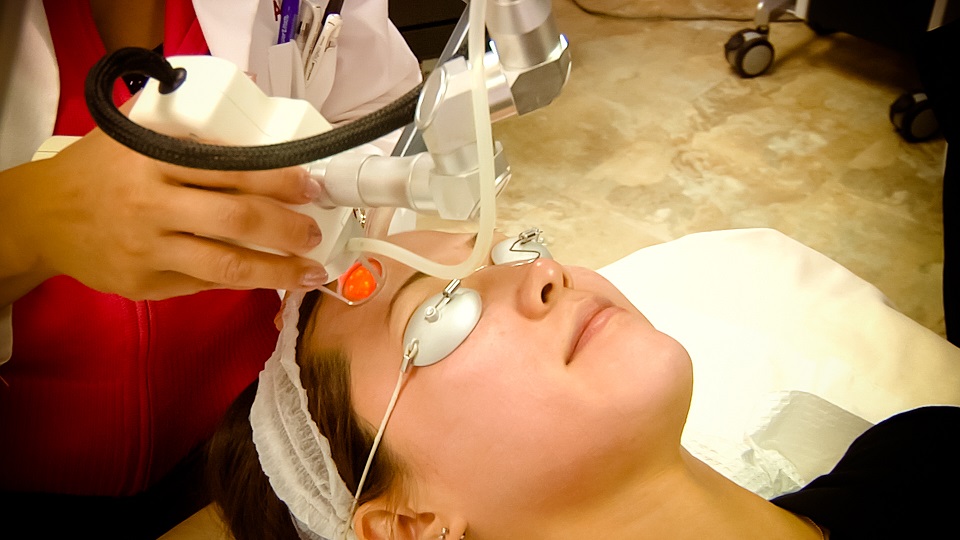What is Refractive Lens Exchange (RLE)?

The human eye has been referred to as the windows into the soul; however, the lens of the eye is similar to the lens of a camera. The lens of the eye focuses light onto the retina so we can see clearly.
Refractive Lens Exchange (RLE)
This surgical procedure removes the natural lens of the eye and replaces it with an artificial Intraocular Lens Implant (IOL). This permanent replacement is designed to last your entire lifetime.
One of the benefits is that cataracts will not develop. A cataract will form in your eye when your natural eye lens becomes cloudy. Cataract surgery is one of the most commonly performed surgeries in the United States. The procedure for RLE is similar to cataract surgery, except for the fact that a clear lens is being removed and replaced, instead of a cloudy one.
Other benefits of RLE include the fact that the implants are permanent and will not need to be replaced like a knee or hip replacements that may need to be replaced after a decade or so.
What to expect
The screening process is similar to the process used for cataract surgery. There are several types of lenses available to replace your natural lens-depending on your vision needs and overall health of your eye. An eye care specialist that performs RLE in Michigan and surrounding states will be able to direct you in the best lens implant.
Monofocal Fixed-Focus. These lenses will provide a clearer vision for long distance viewing, near ranges, and also intermediate viewing distances; however, no all at the same time. Also classified as Monofocal fixed focused lenses are Toric IOLs that are used to correct astigmatism.
Multifocal lens will provide clearer vision at a variety of distances.
The accommodating lens allows for clearer vision at multiple distances by slightly shifting the position of the eye.
Are you a good candidate for RLE?
Do you have astigmatism? Having a problem seeing clearly at a distance? Is it a challenge reading?
If you previously had cataract surgery, you will be disqualified from LRE surgery. However, you may be a good candidate if you are farsighted, nearsighted, or have astigmatism and are beyond the scope of accepted treatment for Lasik, PRK, or phakic IOLs.
If you have presbyopia (farsightedness caused by a lack of elasticity of the eye lens) which is a natural age-related occurrence whereas the lens of the eye firms up and focusing on close-up objects (like reading small print such as text messages on a cell phone) becomes difficult.
The ideal age for RLE surgery is between 40 and 65. Younger patients would not normally be a candidate because vision issues can usually be corrected for many years without any invasive surgeries.
Procedure
A driver is required to bring you to and from the surgical facility and to the doctor’s office 24 after the procedure.
The lens replacement surgery usually takes 20 minutes per eye and it is performed on an outpatient basis.
Keeping your comfortable and relaxed is a priority for doctors performing RLE in Michigan and other states. Numbing drops are placed into the eye prior to the procedure and an anti-anxiety medication or relaxing agent may also be prescribed.
Recovery
Within a few hours, you will be resting comfortably at home. Normal activities can be resumed within a week – depending on your profession.
Final Word
Regardless if you are having the RLE in Michigan or anywhere else in America, an eye care professional will help you see clearer.












